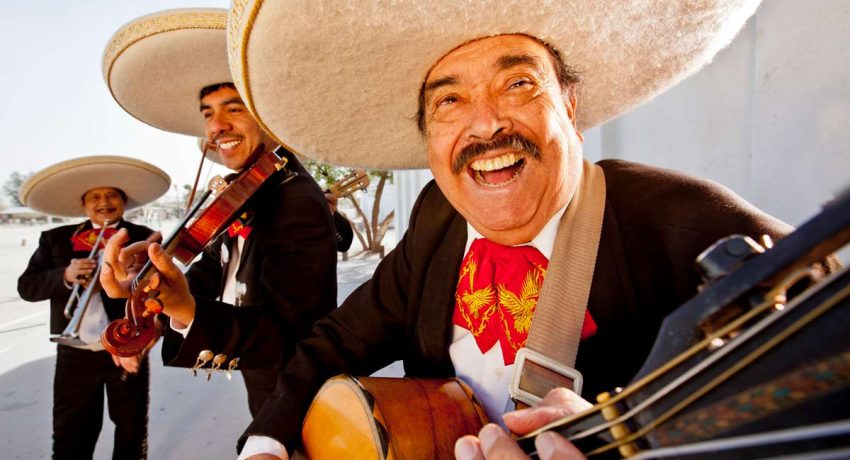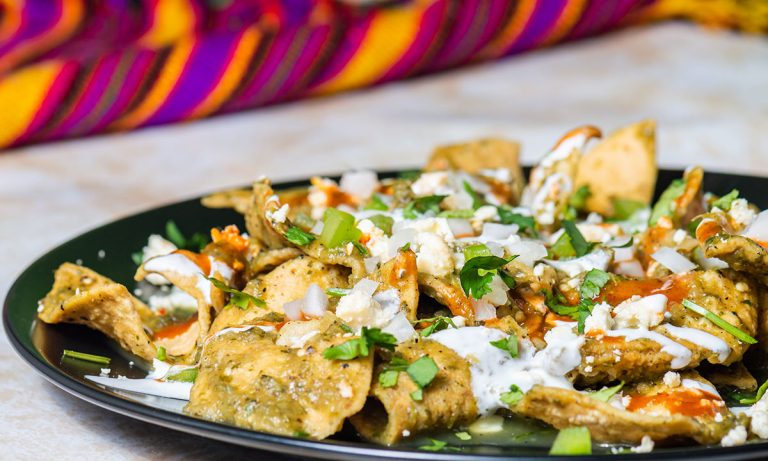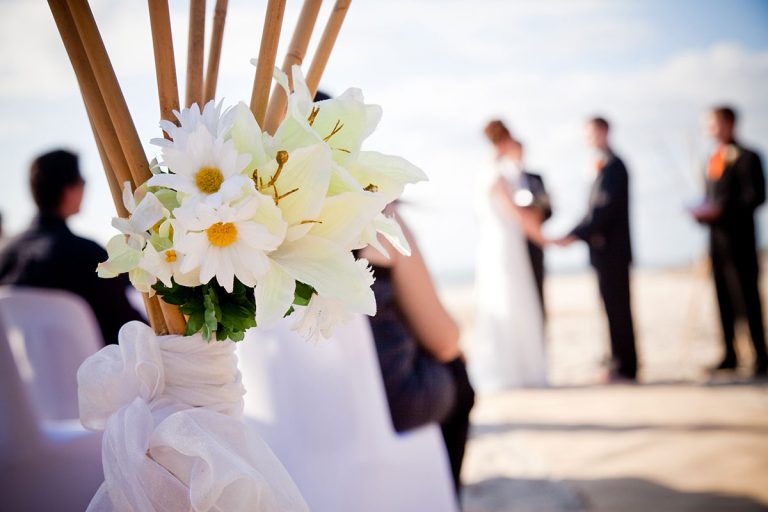One of the most beloved forms of traditional music in Mexico is, without a doubt, Mariachi. Able to evoke a great range of emotions within its listeners, mariachi is a distinctive sound that involves confident singers, powerful harmonies and pulsating rhythms designed to move you. Today’s mariachi ensembles are a favored entertainment choice to celebrate special occasions such as birthdays, weddings, baptisms, holidays and funerals. Mariachi is so important to Mexican culture, in fact, that UNESCO named it as an Intangible Cultural Heritage. But how did this delightful musical expression get its start?
A Melting Pot of Sound
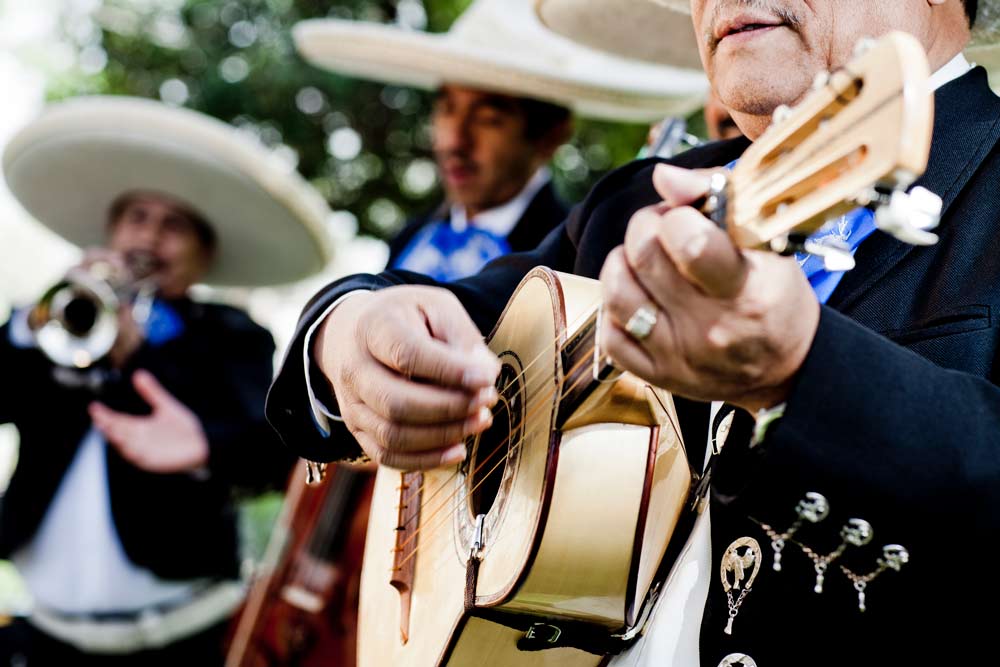
While the exact birthplace of mariachi remains a mystery, the lively musical style is most closely linked to the state of Jalisco, though other states along the western side of Mexico including Aguascalientes, Colima, Michoacán and Nayarit are often associated with it, too. Deeply rooted in the colonial period of Mexico spanning from 1519-1810, this time brought together the sounds of stringed instruments introduced by the invading Spaniards as well as the rhythms of African slaves and native indigenous tribes. This developed an entirely new sound and each region proudly held its own unique musical signature.
By the 1850s, early versions of mariachi as we know it today were extremely popular amongst people who lived in rural areas and ranches. Around this time, small ensembles typically included violins, guitars and a harp, although most were not able to travel far from their home region to spread their distinct musical form. Mariachi continued to evolve differently within various regions in Mexico.
Mariachi’s More Recent History
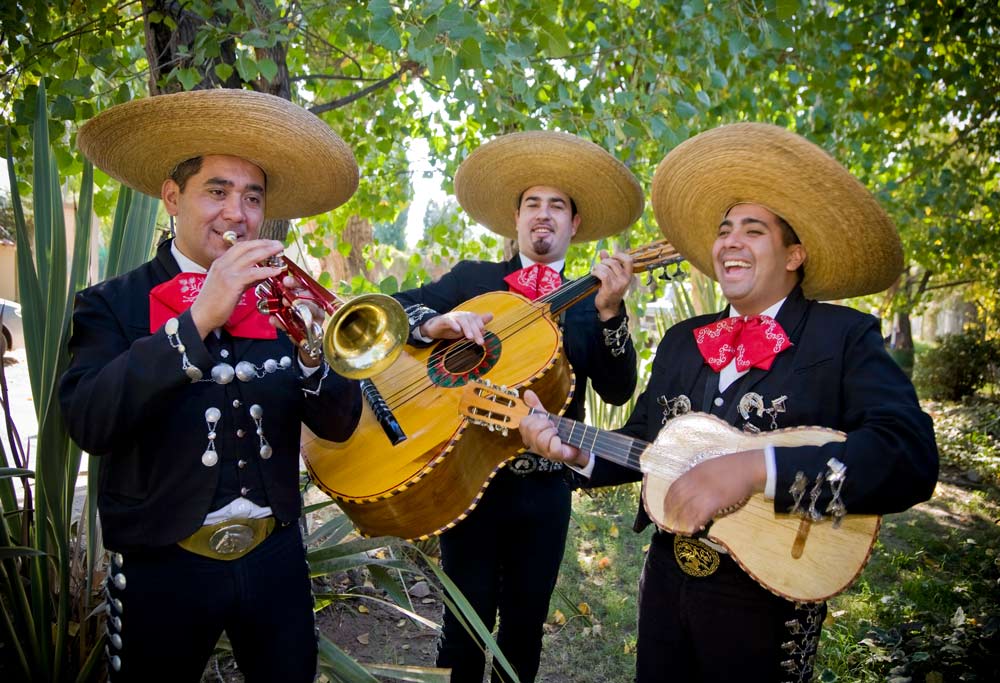
The first half of the 20th century helped mariachi gain in popularity nationwide when it was associated with presidential inaugurations and promoted by radio stations, record companies and movie studios in the 1920s and 1930s. This catapulted the musical style to mainstream fame. When the 1950s rolled around, the modern mariachi ensemble began to take shape. The underlying traditional sounds were still there, but an orchestral element was added with two trumpets, extra violins, vihuela (small guitar) and guitarrón (upright bass guitar), which allowed the ensembles to play a wider range of musical styles.
The unmistakable sounds of mariachi are now more celebrated than ever. For many Mexicans, it is the quintessential music of their remarkable homeland and stands as a beautiful reminder of the rich cultural heritage and traditions of their country.
